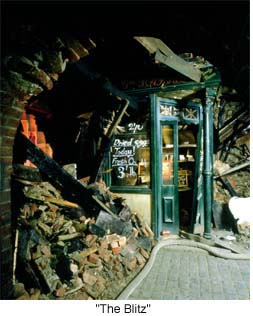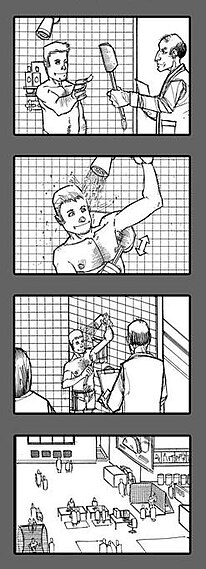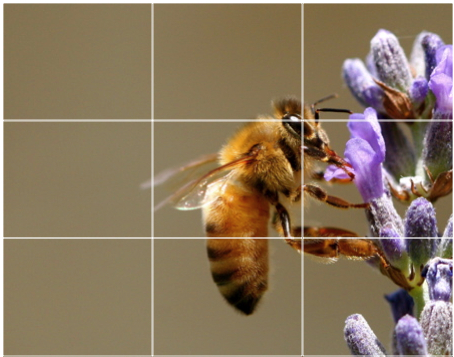Dear Sir/Madam
We are currently in the process of planning our AS Media studies coursework Thriller Sequence at Hurtwood House and while searching for locations we stumbled across Cane Hill Asylum. We researched it and found this website and were wondering if you could give us the details of the current owner as we were wondering if there was any chance we could possibly be able to use it as a film location for a day in January. There will be profesional teacher supervision aswell.
Many thanks in advance for any information you can give us.
Regards,
Charlie Manton, Sophie Greig, Catherine Ward Thomas
Hurtwood House
Radnor Lane
Holmbury St Mary
Dorking
RH5 6NU


However we heard no reply from Cane Hill, so moved onto other mental asylums. After phoning many of them up, we rang the Surrey County Council who told us that there would be too many insure procedures to complete if we wished to film in a derelict building.
At this point our idea once again took a turn as we decided on a plot change. Instead of setting it in Victorian times we moved forward 50 years to the era of World War 2 and took our young girl to a tube station. After contacting Aldwych Station we discovered that it would cost £250 p.h which we could not afford.
Our idea took another turn when we thought about other locations to film in and came up with the idea of using an exibhition at the Imperial War Museum:
Dear Sir or Madam,
We are currently studying for our Media AS level and need to produce a 2 minute opening sequence of a horror/thriller movie. We came across your 'Blitz Experience' exhibition and fits our theme perfectly. We were wondering if it would be possible to film there for a day in early January. We understand that it costs £150 p.h, however as we are students we cannot afford a morning's worth of filming there. Would it be possible to reduce the price to allow us filming there for around 4 hours.
We have been planning an opening sequence revolving around one 8 year old girl who has lost her mother in a bombing, we would like shots of her wandering around the bombed streets of London after the bombs have dropped. Is there any way of getting these shots without paying the full price? After our exam we would be happy to offer you the footage we shot and the finished sequence if it is any use to you.
Many thanks,
Sophie Greig
Media Studies Dept.
Hurtwood House School
Radnor Lane
Holmbury St Mary
Dorking
Surrey
RH5 6NU
The museum replied with this email:
Dear Sophie,
Thank you for your email, as filming would take place outside Museum Opening Hours (before 10am or after 6pm) we do need to cover costs to keep the Museum open, including staffing costs. Our standard filming rate is £450 per hour which we reduce to £150 per hour for students and we would not be able to reduce this costs any further.
Please do advise if you would like to go ahead with the filming and I will be happy to investigate available dates.
Best wishes,
Debbie
Debbie
Debbie Dowden
Events Officer
Imperial War Museum
Lambeth Road
London
SE1 6HZ
Tel: 020 7416 5393

Events Officer
Imperial War Museum
Lambeth Road
London
SE1 6HZ
Tel: 020 7416 5393

Once again, the price was too high to be able to film at this location. So we settled for using our studio at school and placing our thriller sequence in an old bomb shelter, in both the past and the present day.
After these many attempts of finding a location to film in, we came up with our final idea of BLITZ.














